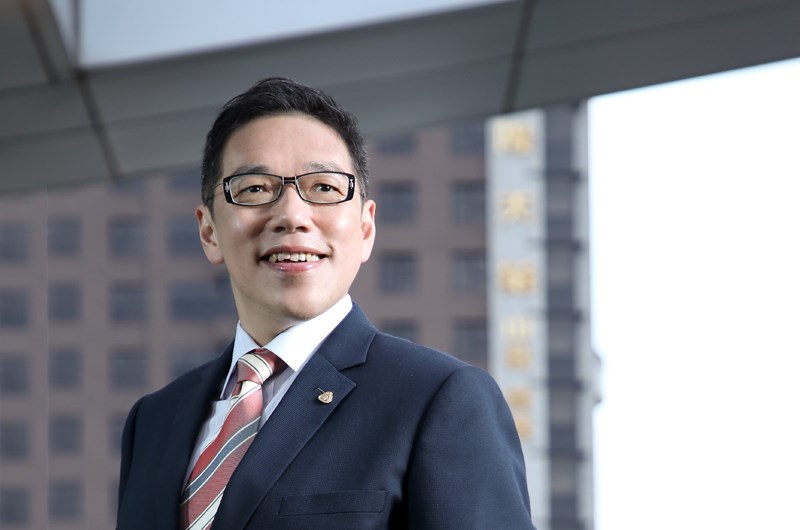Editor's note
2019.04
Sustainable Cash Flow from Green Investing

The Ministry of Economic Affairs has finally set an offshore wind power sales rate acceptable to producers, marking a new stage in Taiwan’s offshore development. According to government plans, if all goes smoothly, by 2025, 25% of Taiwan’s electricity will come from sustainable and non-nuclear wind and solar power sources. Under this scheme,, as long as the earth continues to turn, Taiwan, with its good trade winds, will have a good source of clean and independent energy.However, it is undeniable that this offshore wind vision has some fundamental problems, each of which requires its own resolution – beyond just the natural disasters endemic to the region, like earthquakes and typhoons. These issues include rising costs and distortions due to production requirements from local governments (given Taiwan’s limited industrial energy production at present), and developers prematurely collecting profits during project implementation, while leaving the risk to the bank, or demanding government guarantees. Considering that large-scale infrastructure development has almost always been led by the government, Taiwan is long accustomed to policy adjustment taking place in the face of going over budget, construction delays, or operational malpractice, either in the form of public criticism or judicial prosecution. In this case, for such large and long-term projects, the question is how to ensure balance between investor profits and Taiwan’s public interests after passing the contract over to private companies.These projects offer a rare opportunity and challenge for the financial industry. In the past, due to Taiwan’s excess of savings, the industry has complained of a lack of appropriate investment targets, causing capital outflow. Considering Taiwan’s current overall capital utilization, many have called for local investment in wind power financing. If Taiwan’s wind projects turn into good medium- to long-term investment targets, the returns generated may bolster Taiwan’s environmental, social, and governance (ESG) objectives, while keeping in line with international green investment trends.In the current low-spread environment, early participation in offshore projects will serve as a rare opportunity for transformation. Foreign experience shows that proper management of the risks of different financial products like hedges, mezzanine financing, and securitization prevents the loss of investment principal, and will help integrate Taiwan into the green finance world, breaking through its present dilemma of low profitability. To reach this point, though, more real-world experience and relevant expertise are needed. Investment of hard-earned life insurance capital into good projects will improve future living standards, greatly contributing to environmental sustainability and ESG transformation. Also, because the project-financing framework used by wind power projects contractually requires more disclosure, the investing institutions, government agencies, and individuals must have some degree of professional knowledge. In a place as free and democratic as Taiwan, transparency is the best way to eliminate suspicions of special interests, while still working towards sustainable development goals.With effective investments in wind power, future generations of Taiwanese will be able to enjoy clean energy and steady income streams. Still, many challenges remain to be overcome before this vision can become a reality. Furthermore, the whole country needs to work together to jointly fulfill its generational responsibilities. This determination to use green energy will give Taiwan a permanent cash flow – a better choice than hampering future generations with nuclear waste, which cannot be processed.



